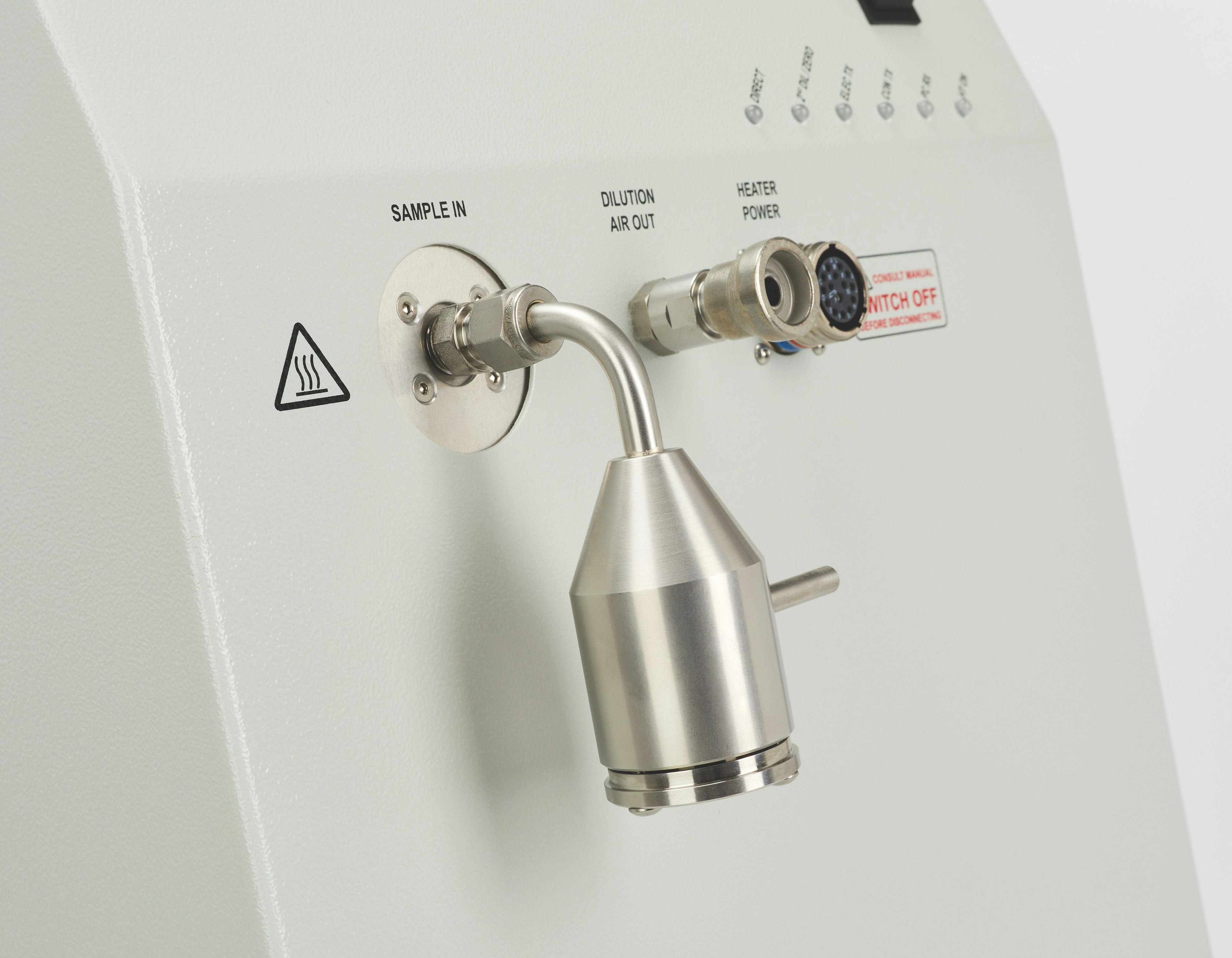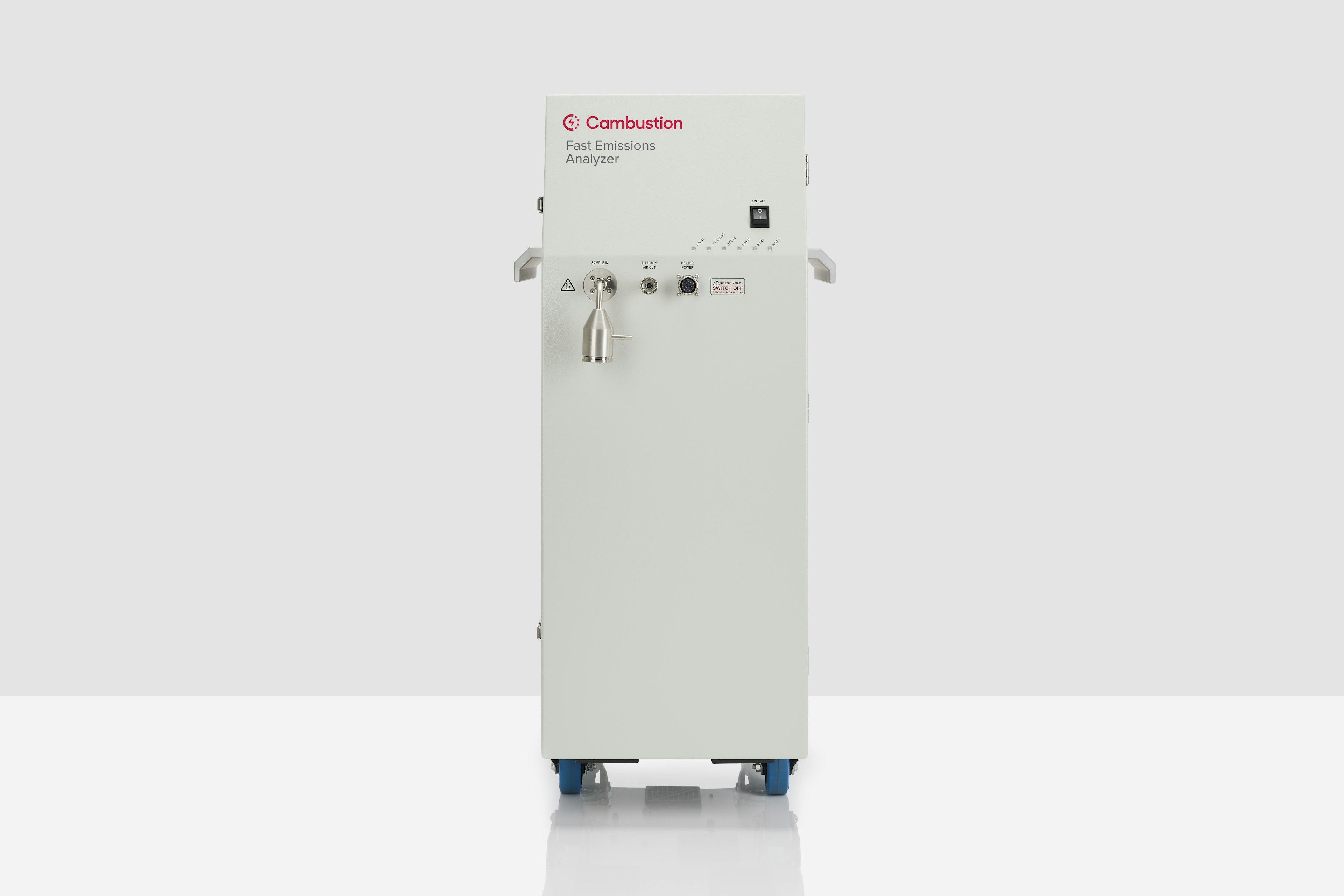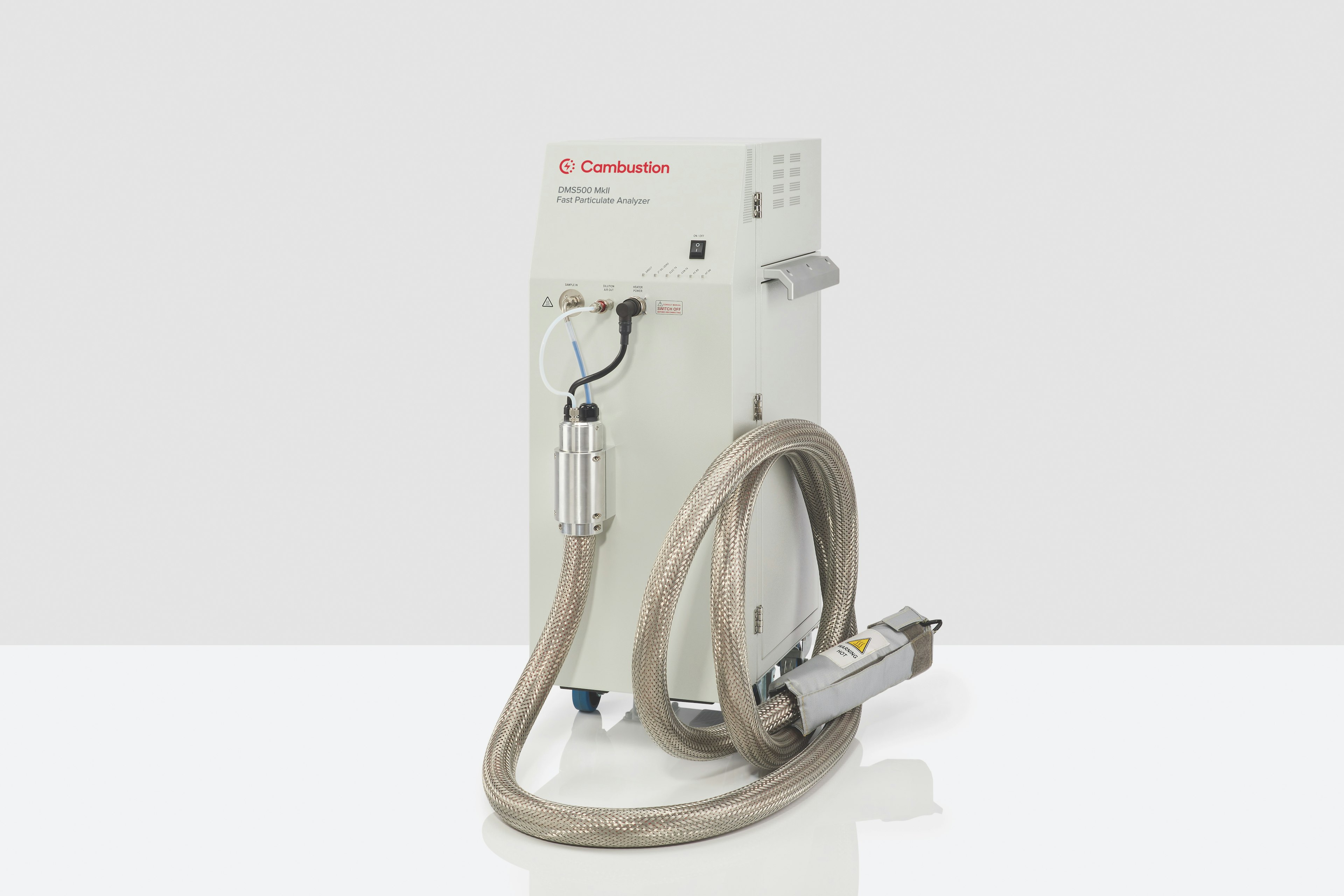DMS500 MkII | Aerosol Size Distribution Measurements
Introduction to the DMS Series
The DMS500 was launched in 2002, as the first of a new type of instrument. It combines electrical mobility measurements of particles with sensitive electrometer detectors, allowing generation of particle size / number distributions in real-time. These outputs may be further processed to give simultaneous ouputs of particle size, number and mass.
Refreshed in 2009 as the MkII with significant upgrades in sensitivity and test cell integration, the DMS500 is ideally suited to a range of applications from ambient and process monitoring to direct measurements of high concentration sources such as engines.
Aerosol Size Spectrum Measurements
Since the 1950s electrical mobility has become an established metric for measuring ultrafine particle size, and particle size distributions are often assumed to refer to mobility diameter. The building block of early electrical mobility instruments was the Differential Mobility Analyzer, which allows the selection of particles of a given (variable) electrical mobility, when coupled with a suitable charging device (neutralizer).
By connecting a suitable detector such as a Condensation Particle Counter to the outlet of the DMA, the number concentration of particles of a given mobility diameter may be measured. Scanning the voltage of the DMA allows construction of a size / number spectrum, although measurement of the size distribution necessarily takes ~ 1 minute due to the residence time in the DMA.
Typical size ranges covered are 5 - 1,000nm; commercially available examples include the Scanning Mobility Particle SizerTM (SMPS) systems offered by TSI and Grimm Aerosol Technik.
Thanks to the CPC detector, these systems offer excellent sensitivity, and can offer very high resolution at the expense of longer scan times. Such instruments are best suited to making measurements of a stable aerosol source, be it ambient or more concentrated. If the aerosol distribution changes partway through the instrument scan, the measured size distribution will not accurately reflect the true aerosol.
For varying aerosols, the application of multiple detectors in parallel removes the need for a scanning DMA, and allows a full size distribution to be measured. The disadvantage of such instruments is the reduced sensitivity possible with electrometer detectors, compared with a CPC. Such instruments retain sufficient sensitivity for normal ambient measurements, although they are not suitable for clean room applications. Commercial examples include the Engine Exhaust Particle Sizer (EEPSTM) and Fast Mobility Particle Sizer (FMPS™) by TSI and the DMS500 by Cambustion.
DMS500 Brochure
Download a brochure, or contact Cambustion for further information and prices.
DMS500 Features
Measurement of the aerosol size spectrum from 5nm to 2.5μm for both solid particles and liquid droplets
The fastest time response available: 10 Hz data, 200ms T10-90% response
Optional integrated two stage dilution for high concentration measurements, including engine exhaust
Real time log-normal mode fitting and recalculation of derived parameters- e.g. surface area, mass
Enhanced Sensitivity- DMS500 MkII now 3x more sensitive than DMS500 MkI
Remote control via RS232 or Ethernet
Electrical mobility measurements
The Cambustion DMS500 offers measurement of the particle size distribution from 5nm to up to 2.5μm.
(Allowing measurement of PM2.5.)
Fast Time Response for changing aerosols
Special patented features of the differential mobility classifier give this particle sizer the fastest time response available in any ultrafine aerosol sizer.
The fast T10-90% time response is especially useful for investigation of fast changing spectra, with applications including engine emissions, vehicle brake particle emissions, drug delivery systems, tobacco smoke research, pyrotechnics and ambient aerosol sampling. Even during steady state conditions, the DMS500 dramatically increases the efficiency and convenience of experimental measurements compared with scanning instruments.
Low Diffusion Losses
The DMS500 uses a high sample flow rate (8 litres per minute) and unique multiple sheath flows in the charger, resulting in low diffusion losses even of small particles.
Traceable Calibration
Each DMS500 undergoes an empirical calibration procedure, involving real aerosols, taking full account of particle losses, and even different particle morphologies thus preventing the drop in accuracy at larger sizes seen in some other analyzers. Calibration certificates for spherical and agglomerate calibrations are provided.
An optional portable size check kit allows the user to check the sizing accuracy of the DMS500 on site, without the need for any other equipment.
Need more information? Connect to an expert
User Interface Software
The DMS500 is controlled by a Windows PC via an Ethernet interface, allowing the PC to be located up to 200 m from the instrument. The user interface includes datalogging of the spectrum, including real-time aerosol mode information. The DMS500 is designed to easily integrate with other test equipment- four analogue inputs are recorded to the data file, and four analogue outputs may be configured in software. The instrument can be controlled via digital remote control and can even trigger other equipment at a preset aerosol concentration (for example a roadside camera). Data presentation tools for MS Excel are included to assist in understanding the data from the DMS500.
Sample handling & conditioning options
The DMS500 may be ordered with an optional integrated two-stage diluter and heated sample line, allowing measurements from engine exhausts with no additional equipment.
The unique combination of the particle size range and the time reponse of the DMS500 allows investigation of previously unmeasurable events. The data on the left show short lived normal combustion, visible smoke, and nucleation mode aerosols, produced during and after a heavy acceleration from a Diesel vehicle.
To allow unattended operation in applications such as ambient monitoring, the DMS500 includes the facility for scheduled operation based either on fixed time intervals, or a more sophisticated text file containing a schedule. For optimum sensitivity, the interface offers automatic averaging of the spectrum over periods up to a minute.
EEPS™, FMPS™ and Scanning Mobility Particle Sizer™ are trademarks of TSI Inc
Key Application Notes
| Title | Data Type | Download File | Size | Last Updated | |||||
|---|---|---|---|---|---|---|---|---|---|
| Title | Number : Size Spectrum Correlation with Particulate Mass Measurements | Data Type | Application note | Download File | dms01.pdf | Size | 912.10 KB | Last Updated | |
| Title | Water pipe smoking | Data Type | Application note | Download File | dms22-water-pipe-smoking.pdf | Size | 954.24 KB | Last Updated | |
| Title | Nanoparticle emissions from cooking | Data Type | Application note | Download File | dms19v01-nanoparticle-emissions-from-cooking.pdf | Size | 2.04 MB | Last Updated |
Support & downloads
DMS500 Advantages
Advantages of the DMS500 MkII Fast Particle Mobility Size Spectrometer for Aerosol Science.
DMS500 Calibration
This document outlines how a DMS500 or DMS50 is currently calibrated for particle size and number.


